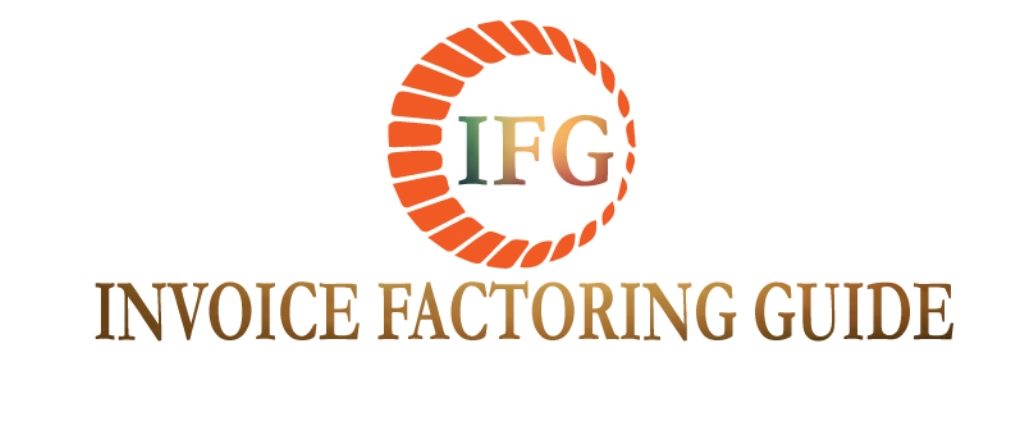3 Ways to Improve Net Working Capital
Boost Your Net Working Capital
(Read Time 1-2 minutes)
IMPORTANT! If your business plans on borrowing money in the near future, start monitoring your cash flow. Positive cash flow is the key to repaying debt and is what banks scrutinize when making lending decisions. Banks monitor this is by calculating one of their favorite liquidity metrics, net working capital.1
What is Net Working Capital?
Calculating net working capital is pretty simple. It’s the difference between current assets and current liabilities on the balance sheet. It indicates how well a business can meet it’s short-term obligations.
Generally, items listed as ‘current’ assets can be converted into cash within a year. Such items such as cash or marketable securities, inventory, raw materials and accounts receivable such as outstanding invoices.
But many businesses calculate it incorrectly. Don’t forget to include raw materials under current assets. For small businesses, this can be anything from sand and cement to silver and palladium.
Current liabilities are expected to be paid within one year. These include short term debt, payroll taxes payable and accrued liabilities. Monitoring net working capital is crucial since running out of cash contributes to 29% of failed startups.2
Keep in mind, net working capital is more important to creditors-equity investors are more interested in profitability ratios. Improving net working capital will go a long way in stabilizing your business finances.
Improving Net Working Capital
A lender may be more favorable with terms even if net working capital is slim- as long as trends are improving. So, business owners should focus on the change in net working capital. There are a number of ways to improve net working capital. Here are three of our favorites:
-
Factoring Invoices
A simple way to improve cash flow is through invoice factoring. Instead of waiting 30 or 60 days for customer payment, businesses can sell invoices to a factoring company as soon as they’re billed. The transaction provides immediate funds that can be used for payroll, inventory or debt repayment.
Factoring invoices kills two birds with one stone: It immediately improves cash flow and net working capital. Down the road, it can improve your chances of obtaining a small business line of credit with better terms. But at that point, you may be working with a factoring company who has extended you a revolving facility of its own.
Of course, if your customer doesn’t pay, the factor may come after you for the invoice amount. One way around this is non recourse factoring, which transfers the default risk to the factor. While more expensive, it makes sense if you have outsized receivables that could harm your business if defaulted upon.
-
Sale-Leasebacks
Today’s businesses are choosing to be ‘asset light’. The days of purchasing capital intensive items real estate, machinery and equipment are dwindling. Many prefer to lease, not buy. This trend can also improve working capital and cash flow.
If your business owns significant hard assets (buildings or vehicles), consider selling them and leasing right back from the new owner. The transaction can also lock in cheap ‘cap rates’ (from historically low interest rates) and protects against asset depreciation. Additionally, a new operating lease can lower your business’ debt-to-equity ratio, potentially lowering future costs of capital.
In short, sale-leasebacks unlock the cash tied up in illiquid, longer-term assets.
-
Refinance Outstanding Loans
Finally, see if you can refinance existing loans to longer maturities. This would increase net working capital by reducing the ‘current portion of long term debt’, a current liability.4 If selling a fixed asset isn’t an option, considering refinancing the note against it.
If your business has a loan (even an SBA loan) you may be able to refinance it if the terms are deemed ‘unreasonable’.5 Examples of such terms may include seller-financed deals, revolving lines (an asset based lending transaction) or the lender is simply unwilling to renew.6
Keep in mind, many factors offer revolving lines of credit in addition to factoring services. Check out our invoice factoring company reviews page for more insight.
2http://www.burtcollect.com/blog/problems-reasons-businesses/
3http://www.ccim.com/cire-magazine/articles/real-estate-sale-leasebacks/
4https://www.accountingcoach.com/blog/improving-working-capital
5,6https://www.sba.gov/offices/district/mo/st-louis/resources/refinancing-debt-sba


